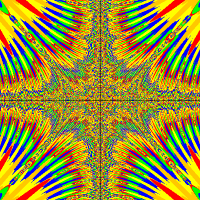Hi all! Fairly new to greenfoot / programming, and I have hit a bit of a wall.
I need my object to change direction after it has moved +10 on the y axis, but the if statement is completely ignored by the program
Any assistance would be greatly appreciated.
Cheers!
public void act()
{
move(1);
setRotation(45);
if(getY() == getY() + 10){
move(1);
setRotation(110);
}
}



